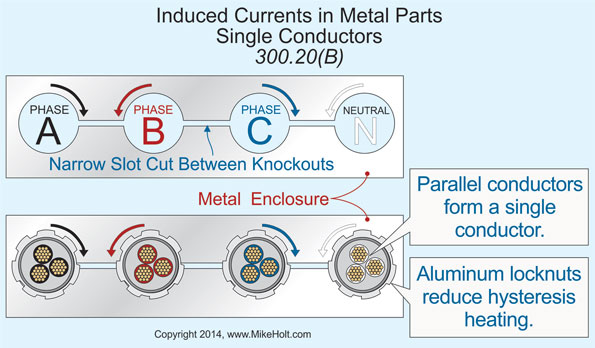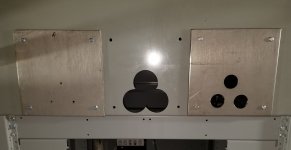I am being ask to install parallel runs of 373 DLO on a cable tray to feed a 4000 amp free standing breaker. The cables will be attached to the gear with aluminum gland connectors.
Article 300.20 (B) requires aluminum or some other non ferrous metal for this application. Others are saying if each set is installed in a group it satisfies the code.
I have ask if I could install an aluminum gland plate for cable connection, but was turned down. Anyone have any suggestions?
Article 300.20 (B) requires aluminum or some other non ferrous metal for this application. Others are saying if each set is installed in a group it satisfies the code.
I have ask if I could install an aluminum gland plate for cable connection, but was turned down. Anyone have any suggestions?


